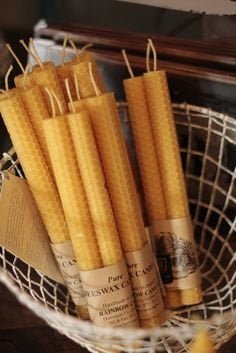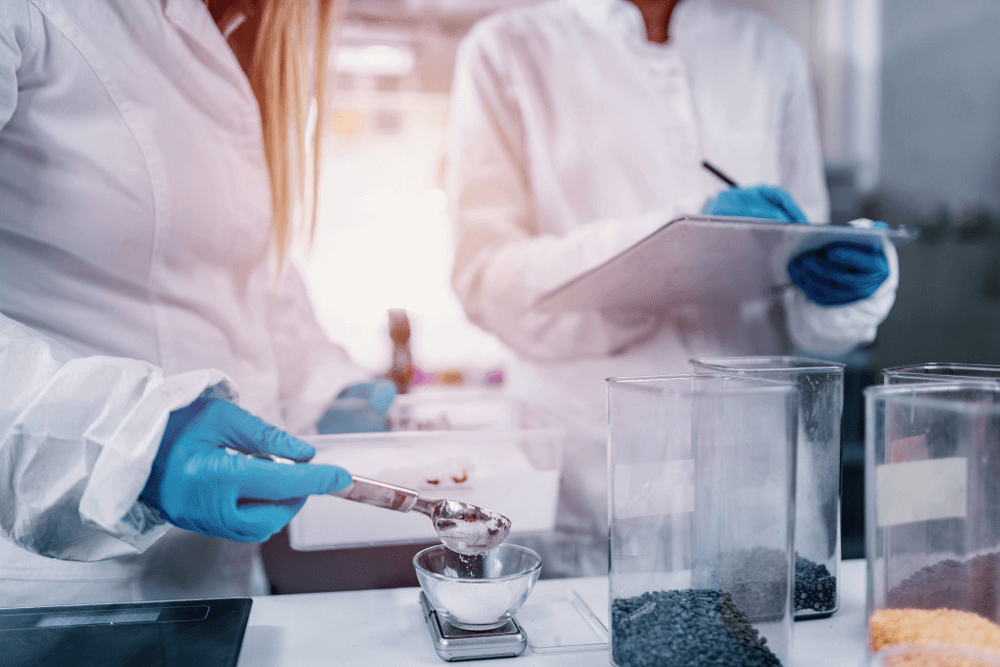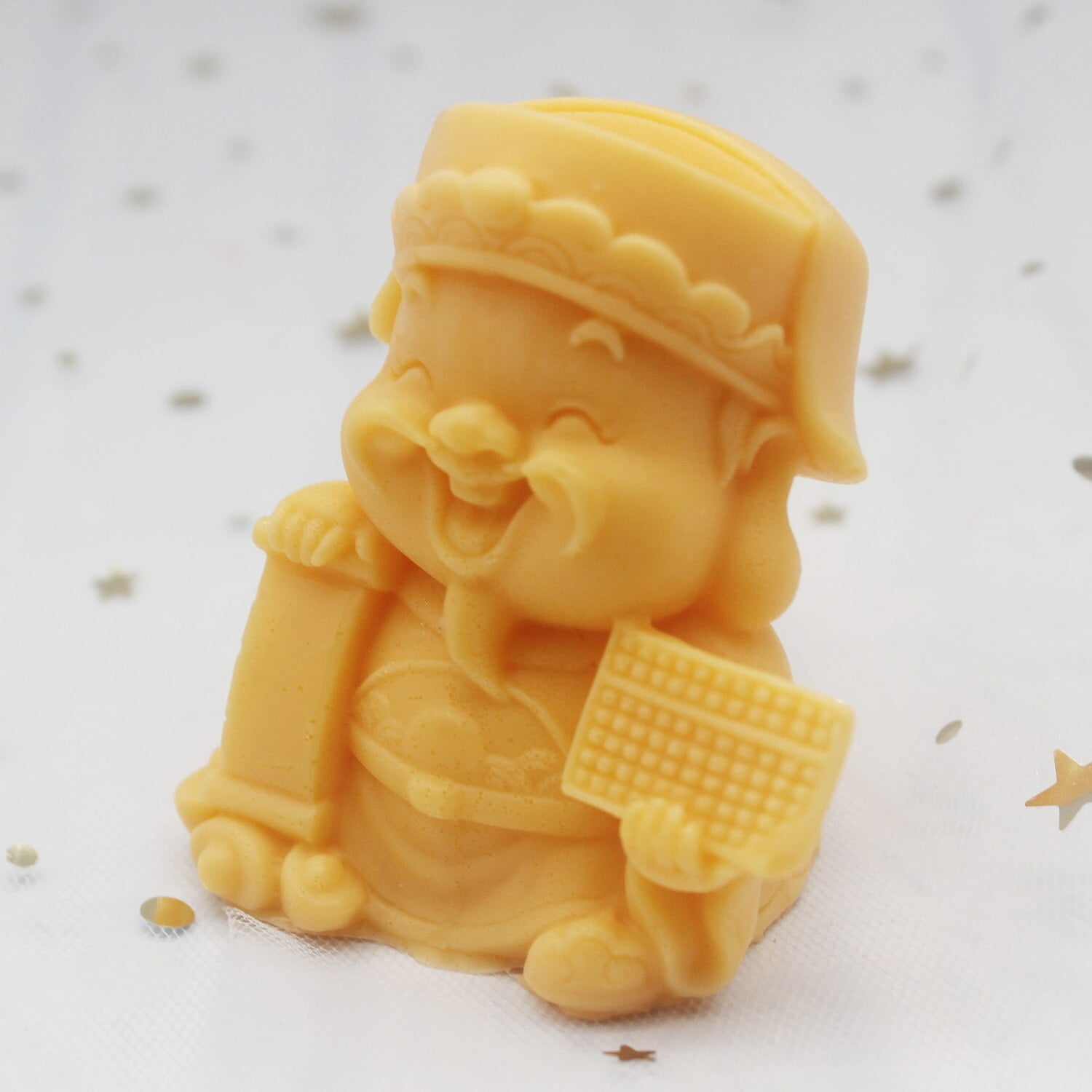Candle making is a fascinating and ancient art that has evolved over the centuries. Understanding the production candle making process involves delving into its history, various types of wax used, essential tools and equipment, step-by-step processes, quality control measures, popular techniques, and the business side of it. From ancient techniques to modern production methods, candle making has come a long way and continues to captivate enthusiasts around the world.
The history of candle making is rich and diverse, spanning from ancient civilizations using tallow and beeswax to the modern use of soy and paraffin wax. The evolution of candle making techniques also highlights the creativity and innovation that have shaped the industry. In this article, we will explore the different types of wax used in candle making and how they contribute to the overall process.
In addition to choosing the right wax for your candles, essential tools and equipment play a crucial role in ensuring successful production. From molds to wicks to fragrances, each component contributes to creating unique and high-quality candles. Understanding these elements is essential for anyone looking to embark on this creative endeavor or enhance their existing skills in candle making.
History of Candle Making
Candle making has a rich and diverse history dating back to ancient times. From the Egyptians using rushlights made from reeds soaked in animal fat to the Romans dipping papyrus rolls in melted tallow, the art of candle making has evolved significantly over millennia.
In medieval Europe, the use of beeswax became popular for candle production due to its clean-burning properties. However, it was not until the 19th century that paraffin wax was introduced, revolutionizing the industry with its affordability and accessibility.
Ancient Techniques
In ancient civilizations, candle making was a laborious and time-consuming process, often reserved for religious ceremonies and lighting homes during dark nights. Materials such as animal fats, beeswax, and tallow were commonly used to create candles through techniques like dipping and molding. These early candles provided light and warmth but were largely inefficient compared to modern standards.
Industrial Revolution and Modernization
The Industrial Revolution brought about significant advancements in the production candle making process by introducing mass production techniques and new materials such as stearin and paraffin wax. With the invention of mechanized candle-making machines, along with developments in wick technology and fragrances, candles became more accessible to the general population. This marked a shift from candles being primarily functional to also being used for decorative and aromatic purposes.
As we look back on the history of candle making, it is evident that technological advancements have greatly influenced the industry’s evolution from ancient techniques to modern production methods. The blend of traditional craftsmanship with contemporary innovation continues to shape the diverse array of candles available today.
Types of Wax Used in Candle Making
Beeswax, soy, paraffin, and other types of wax are commonly used in the production candle making process. Each type of wax has its own unique characteristics and benefits, making it suitable for different candle making techniques and purposes. Beeswax, for example, is known for its natural and sustainable properties, while paraffin is popular for its affordability and ability to hold fragrances well. Soy wax is a favorite among environmentally-conscious consumers due to its renewable source.
When choosing the type of wax for candle production, it’s essential to consider factors such as fragrance retention, burning time, and the overall quality of the finished product. Beeswax candles are known for their long-lasting burn time and natural aroma, making them a popular choice for those seeking a clean-burning and environmentally-friendly option.
On the other hand, soy wax candles are known for their excellent fragrance throw and slow burn, providing a pleasant sensory experience for candle enthusiasts.
In addition to beeswax, soy, and paraffin waxes, other types of wax such as palm wax and gel wax are also used in candle making. Palm wax is known for its beautiful crystalline finish when solidified, while gel wax allows for creative designs with embedded objects within the transparent medium. Each type of wax offers unique possibilities for creativity in candle production and caters to different consumer preferences in terms of aesthetics and functionality.
Essential Tools and Equipment for Candle Production
Candle making is an art that has been practiced for centuries, and it requires the use of essential tools and equipment to create beautiful and functional candles. Whether you are a hobbyist or looking to start a candle making business, having the right supplies is crucial to the production candle making process. Here are some of the essential tools and equipment needed for candle production:
- Molds: Molds come in a variety of shapes and sizes and are used to give candles their specific form. Some common molds include pillar molds, votive molds, and container molds. It’s important to choose molds that are made from heat-resistant materials such as silicone or metal.
- Wicks: Wicks are the components that enable the candle to burn. They come in different thicknesses and materials, such as cotton or wood. Choosing the right wick is essential for ensuring that your candle burns evenly and cleanly.
- Fragrances: Fragrances or essential oils are often added to candles to give them a pleasant scent when burned. It’s important to use high-quality, candle-safe fragrances that are specifically designed for use in wax so that they don’t interfere with the burning process.
In addition to these essential tools, other equipment needed for candle production includes melting pots, thermometers, pouring pitchers, and scales for measuring ingredients.
Having the right tools and equipment is crucial not only for creating beautiful candles but also for ensuring safety during the production candle making process. Before starting any project, it’s important to familiarize yourself with each tool’s proper usage and safety precautions.
Investing in quality tools and equipment will not only make the production process smoother but also contribute significantly to the overall quality of your finished products. Whether you’re creating candles as a hobby or aiming to enter the market as a professional candle maker, having the right supplies on hand is key to success.
The Step-by-Step Candle Making Process
The candle making process involves a series of steps that require precision, patience, and creativity. From melting the wax to pouring it into molds, each stage of production contributes to the overall quality and aesthetic of the finished product.
Melting the Wax
The first step in the candle making process is melting the wax. Depending on the type of wax being used, different methods may be employed. For paraffin wax, a double boiler or wax melter is commonly used to heat the wax to the appropriate temperature. Soy and beeswax, on the other hand, require lower temperatures and may be melted using a microwave or stovetop method.
Adding Fragrance and Color
Once the wax has reached its melting point, fragrance oils and color dyes can be added to enhance the appeal of the candles. It’s important to measure these additives carefully to ensure that they are evenly distributed throughout the wax. This step allows for customization and creativity in creating unique scents and visually appealing candles.
Pouring the Wax
After the fragrance and color are added, the next step is pouring the liquid wax into molds or containers. Care must be taken during this step to avoid spills or air bubbles that can affect the final appearance of the candle. The temperature at which the wax is poured is also crucial as it can impact how well the fragrance binds with the wax and how smooth or rough its surface will be.
This meticulous process requires attention to detail and careful monitoring of each stage to produce high-quality candles that are both visually appealing and fragrant when burned. Understanding these steps is essential for anyone looking to embark on their own candle making venture or simply gain a deeper appreciation for this time-honored craft.
Quality Control and Safety Measures in Candle Production
When it comes to producing high-quality candles, ensuring that the products meet safety standards and quality control measures is crucial. Here are some key factors to consider in the production candle making process:
1. Testing of raw materials: Before using any wax or fragrance in the candle making process, it’s important to test them for quality and safety. This includes checking for any impurities in the wax and ensuring that the fragrance oils are suitable for use in candles.
2. Proper temperature control: Maintaining the correct temperatures during the melting and pouring process is essential for producing safe and high-quality candles. Failure to do so can result in uneven burning, poor scent throw, and potential safety hazards.
3. Quality assurance checks: Throughout the production candle making process, it’s important to conduct regular quality assurance checks to ensure that each candle meets your standards. This includes inspecting for air pockets, wick placement, and proper curing of the candles.
4. Safety measures for employees: It’s crucial to prioritize the safety of your workers by providing them with the necessary protective gear and training on handling hot wax, working with fragrances, and operating equipment safely.
By implementing these quality control measures and safety protocols in your candle making process, you can ensure that your final products are not only beautiful but also safe for consumer use.
Overall, maintaining high standards in quality control and safety measures is essential for success in the candle making industry. By prioritizing these aspects of production, you can establish a reputation for producing top-notch candles that customers can trust.
Popular Candle Making Techniques
While the production candle making process can vary depending on the specific technique being used, there are three popular methods that have stood the test of time: dip, rolled, and container candles. Each method offers its own unique advantages and challenges, making them suitable for different types of candles.
One of the oldest techniques in candle making is the dip method. This process involves repeatedly dipping a wick into melted wax, allowing it to cool and harden between each dip. The result is a smooth and elegant candle that can be layered to create various colors and textures. This method requires patience and precision to achieve a uniform shape and size.
On the other hand, rolled candles are created by rolling sheets of beeswax or other types of wax around a wick to form the candle. This technique is relatively easy and fun for beginners, as it does not require melting or pouring hot wax. Rolled candles are popular for their simplicity and can be customized by adding decorative elements such as dried flowers or herbs.
Container candles, as the name suggests, are made by pouring melted wax directly into a container such as a jar or tin. This method allows for endless creativity in terms of fragrances, colors, and decorations. Container candles are convenient for their portability and can be easily customized for gifts or home decor. Regardless of the technique used, each has its own charm that adds to the allure of candle making as an art form.
Overall, mastering these popular candle making techniques requires practice, attention to detail, and a creative mindset to produce high-quality candles that stand out in the market.
The Business Side of Candle Making
In conclusion, the production candle making process is not only an art form but also a business opportunity. With the right combination of creativity and entrepreneurship, candle makers can market, package, and sell their creations to a wide audience. By understanding the history of candle making and the types of wax used, artisans can utilize both ancient techniques and modern production methods to create high-quality candles that appeal to consumers.
Additionally, essential tools and equipment play a crucial role in the candle making process, ensuring that each candle is made with precision and attention to detail. Quality control measures and safety protocols are also imperative in order to maintain the integrity of the final product and ensure customer satisfaction. Furthermore, by mastering popular candle making techniques such as dip, rolled, and container candles, artisans can offer a diverse range of products to suit different preferences.
Ultimately, the business side of candle making involves strategic marketing efforts as well as thoughtful packaging design to attract potential customers. By effectively showcasing their creations in appealing packaging and implementing smart marketing strategies, candle makers can grow their brand and reach a wider market. Through dedication and innovation, entrepreneurs in the candle making industry can establish successful businesses built on quality craftsmanship and unique products.
Frequently Asked Questions
What Is the Process of Making Candles in Industry?
The process of making candles in the industry involves several steps. First, the wax is melted and mixed with color and fragrance. Then, the wick is dipped or placed into the mold, and the wax is poured in. After cooling, the candles are removed from the molds, trimmed, and packaged.
How to Make Candles Step by Step?
Making candles step by step involves gathering all necessary materials like wax, wicks, fragrances, and dyes. Next, melt the wax, mix in color and fragrance, prepare the molds or containers, place the wick, pour the wax, and let it cool.
What Is the Methodology of Candle-Making?
The methodology of candle-making typically starts with preparing the work area and gathering materials. Then comes melting the wax, adding color and fragrance if desired. Next is preparing the molds or containers and placing wicks before pouring the wax. Finally, trimming the wicks and packaging the finished candles for use or sale.

Welcome to my candle making blog! In this blog, I will be sharing my tips and tricks for making candles. I will also be sharing some of my favorite recipes.





